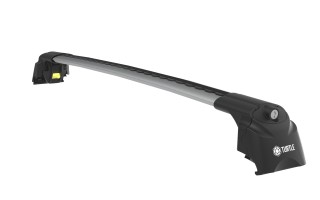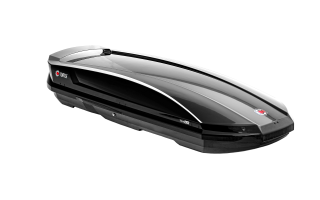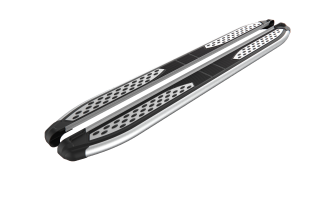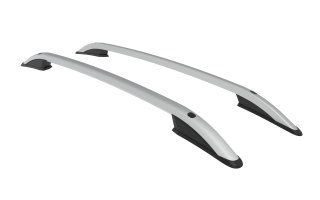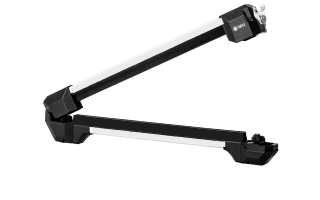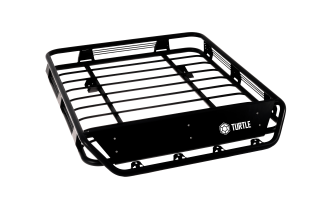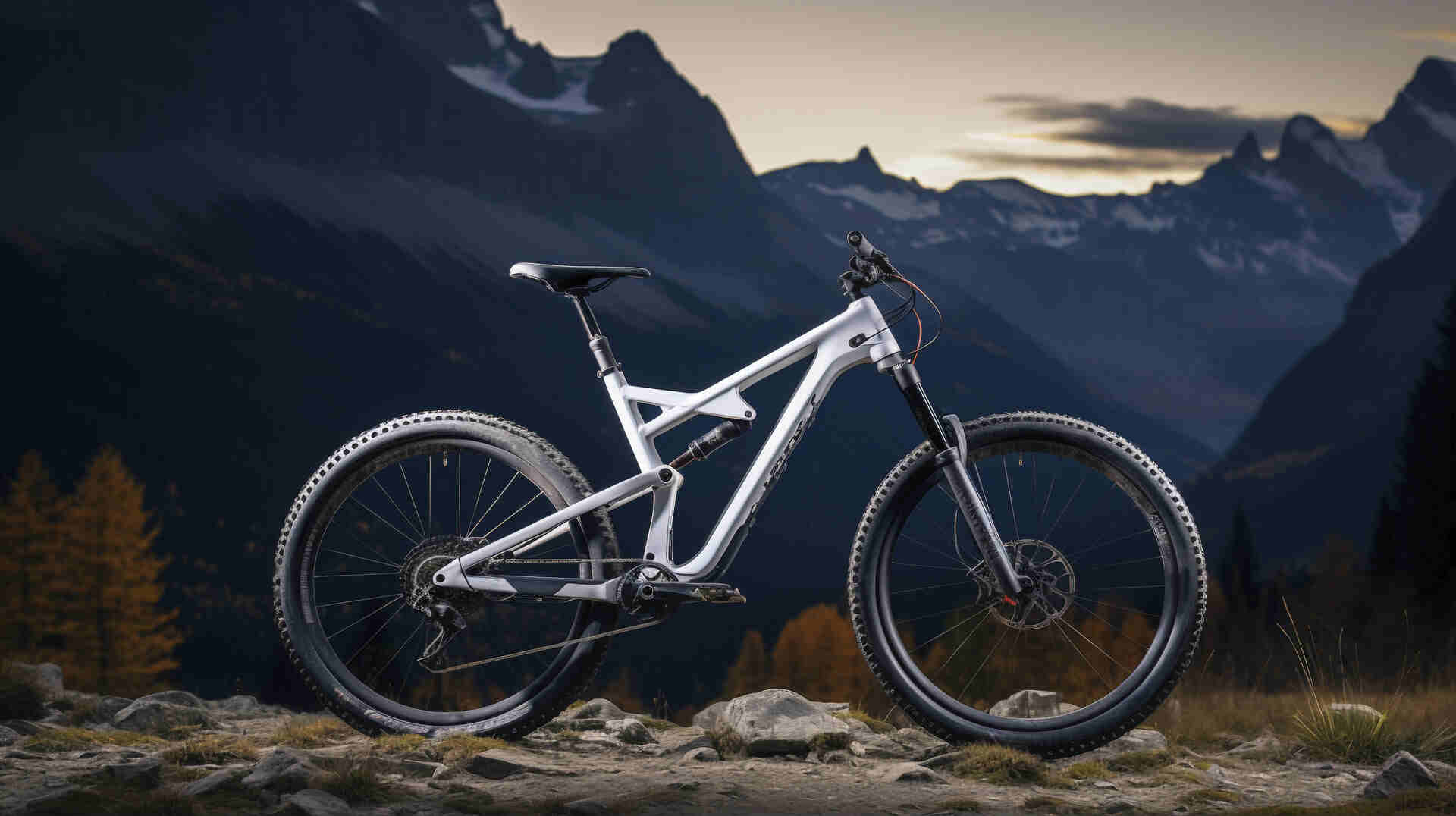A mountain bike is a type of bicycle that is generally designed for use in challenging terrain conditions, standing out with its durable and robust structure. These bikes, developed for off-road riding, are equipped with special components to perform at a high level on rough roads and mountainous areas. Unlike bikes designed for urban use, mountain bikes have thick and knobby tires, strong suspension systems, and a durable frame.
This type of bike is preferred not only to challenge harsh natural conditions but also as an enjoyable sport and activity. Mountain biking is one of the favorite activities of those who want to experience an adrenaline-filled adventure. In addition, some users prefer mountain bikes in the city as well. However, since there are advantages and disadvantages of urban use, it is important to make an informed choice on this matter.
Where mountain bikes can be ridden, what kind of structure they should have, and their differences from city bikes are key points to consider when choosing this type of bike. Whether you are a nature enthusiast or looking for a comfortable ride in the city, mountain bikes have features that can meet many needs. Additionally, using a bike carrier while transporting your mountain bike can provide convenience.
What Are the Differences Between Mountain Bikes and Other Bicycles?
Mountain bikes are a type of bicycle designed especially for rough terrain, standing out with their durable structure. Unlike city bikes and road bikes, they have thick and knobby tires, strong suspension systems, and a solid frame. These features help provide better grip and balance on rough roads, mountainous areas, and rocky trails.
Tires and Grip
One of the most distinctive features of mountain bikes is their wide and knobby tires. These tires provide maximum traction on loose surfaces, muddy or rocky areas, preventing slippage. Road bikes, on the other hand, have thinner and smoother tires, allowing for faster riding on asphalt.
Suspension System
Mountain bikes are equipped with front and/or rear suspension systems. The suspensions act as shock absorbers during the ride, increasing comfort. Road bikes do not have suspension, while city bikes generally come with front suspension only.
Frame Durability
Mountain bikes have impact-resistant aluminum or carbon fiber frames. This sturdy structure prevents the bike from being damaged during falls or under tough terrain conditions. Road and city bikes have lighter and more aerodynamic frames, allowing them to be faster on asphalt.
Gear System
Mountain bikes have a wide gear range to make riding on different slopes easier. Low gears are available for climbing steep hills, while high gears help with acceleration. Road bikes usually have fewer gears as they are optimized for flat and fast rides.
Brake System
Mountain bikes use hydraulic or mechanical disc brakes. These brake systems provide strong braking power even on wet or muddy terrain, increasing rider control. Road bikes generally use rim brakes, as conditions requiring high braking force are less common on asphalt.
Riding Position
The riding position on mountain bikes is more upright and balanced, which helps the rider maintain better control on rough terrains. On road bikes, the handlebars are positioned lower to allow for a more aerodynamic posture, increasing speed.
Mountain bikes are designed to provide maximum control, durability, and comfort on rough terrains, while city and road bikes are optimized for a faster and more efficient riding experience. If you want to transport your mountain bike to explore new routes, you can carry it safely and conveniently with Turtle Can Carry bike racks!
What Is Mountain Biking?
Mountain biking is an exciting outdoor sport performed in challenging natural conditions. It involves riding specially designed mountain bikes on rugged terrains, forest paths, mountainous trails, or rocky areas. This activity, which requires both physical endurance and technical skill, is a unique way to connect with nature and experience adrenaline-filled moments.
Key Elements of Mountain Biking:
- Terrain Variety: Mountain biking takes place on different types of terrain such as flat dirt roads, steep climbs, sharp descents, and rocky areas.
- Endurance and Strength: This sport requires active engagement of both lower and upper body muscles and increases physical stamina when done regularly.
- Technical Skill: Balance, speed control, and proper braking techniques are very important during riding. It also requires planning ahead and quick decision-making to navigate challenging trails safely.
- Use of Equipment: Mountain bikes equipped with suspension systems, geared drivetrains, and specially designed tires are the rider’s most essential tools.
Popular Types of Mountain Biking:
- Cross-Country (XC): The most common type, usually involving long-distance rides.
Downhill: Focuses solely on descending, performed at high speeds. - Trail Riding: More relaxed and fun-oriented, typically done on moderately difficult terrain.
- Enduro: Includes both climbing and descending, requiring both physical and technical skills.
Why Should You Try Mountain Biking?
Mountain biking positively impacts both physical and mental health. Spending time in nature has a calming effect, and when combined with physical effort, it becomes an excellent way to relieve stress. In addition, the challenges and obstacles encountered during rides enhance problem-solving skills and boost self-confidence.
Can a Mountain Bike Be Used in the City?
Mountain bikes stand out with their durable structures and designs suited for rough terrain. However, these bikes can also be comfortably used in urban environments. Thanks to their sturdy frames and knobby tires, they provide a safe ride on uneven surfaces, potholes, and curb edges. Additionally, strong braking systems and suspension features offer extra advantages in city conditions such as sudden stops and bumpy roads.
That said, using a mountain bike in the city may also bring some disadvantages. For example, thick and knobby tires create extra friction on asphalt, making pedaling harder and increasing energy consumption. Also, due to their heavy build, they may not be as comfortable as city bikes for long distances or high-speed riding. If you plan to use a mountain bike for city riding, you can minimize these drawbacks by replacing the tires with thinner and smoother ones.
In short, mountain bikes can be used in the city, but small modifications may be needed to improve riding comfort. Urban use depends on both the bike’s features and your specific riding purpose.
Where Can You Ride a Mountain Bike?
Mountain bikes are designed primarily for rugged and uneven terrain in nature. Their durable construction and advanced technical features make them ideal for tough conditions such as rocky roads, forest trails, mountainous paths, and dirt tracks. For nature and outdoor sports enthusiasts, mountain bikes offer an enjoyable riding experience and an adventurous way to explore.
In addition, trails and bike-friendly areas are also popular locations for mountain bikers. Especially in disciplines like cross-country and downhill, dedicated bike parks provide the opportunity to experience the technical side of the sport. Some riders also choose to use mountain bikes in parks and gardens within the city, although this may limit the full use of the bike’s design advantages.
Mountain biking is a perfect choice for those who want to ride freely on nature’s rugged paths and test their skills on different surfaces. Whether in forests, on mountain trails, or in dedicated bike parks, mountain bikes offer a fun and adventure-filled experience. You can also use a bike carrier to transport your mountain bike to these locations easily and hassle-free.
How Should a Mountain Bike Be?
Mountain bikes are specially designed to withstand harsh natural conditions. These bikes must possess certain features in terms of both riding comfort and durability. Choosing the right mountain bike ensures that your riding experience is enjoyable and safe. So, what should an ideal mountain bike be like?
A mountain bike should first have a sturdy frame. Lightweight yet durable frames made of aluminum or carbon are easy to carry and provide high resistance to impacts. The tires are one of the most important parts of these bikes. Thick, knobby, high-grip tires help you maintain balance and move comfortably on rough terrain. The suspension system is another important element. Dual-suspension bikes increase comfort especially on hilly routes, while single-suspension models are generally preferred for their lighter structure.
In addition, the gear system of a mountain bike should be versatile. Models that offer a wide gear range for easy riding on different surfaces and slopes are ideal. The braking system is of great importance for safety; hydraulic disc brakes stand out as a fast-responding and reliable option.
Finally, it is also important for the bike to have an ergonomic design. Elements such as saddle height, handlebar width, and pedal structure directly affect riding comfort. By paying attention to these features when choosing a mountain bike, you can select a model that both meets your needs and is long-lasting.
Transport Your Mountain Bike Safely: Turtle Can Carry Bike Racks
If you plan to enjoy a ride in nature, you need a reliable solution to transport your mountain bike. Turtle Can Carry bike racks allow you to transport your bike safely and practically by easily mounting them to your vehicle. Whether you are heading to an out-of-town bike trail or exploring new routes in a mountainous region, your journeys become much more comfortable thanks to Turtle Can Carry’s durable racks.
Advantages of Bike Racks:
- Easy Installation: With their design suitable for different vehicle models, you can set them up quickly and easily.
- Safe Transport: Strong fastening mechanisms prevent your bike from being damaged during the journey.
- Time Savings: You can quickly place your bike on the rack and hit the road, saving your energy solely for the pleasure of riding.
If you are passionate about mountain biking, Turtle Can Carry bike racks are the perfect solution for transporting your bike safely and easily. On camping trips, mountain climbs, or out-of-town bike trails, these racks will be your best assistant.


